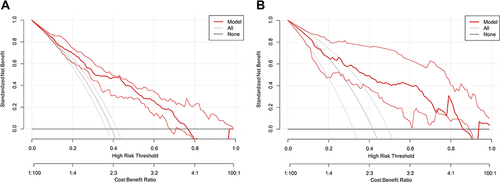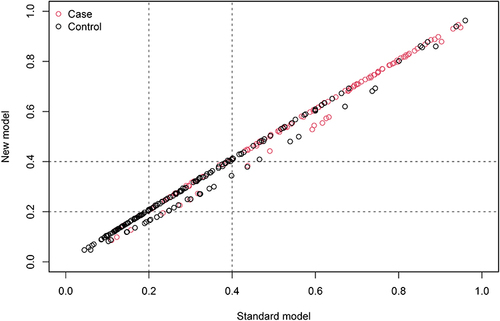Figures & data
Table 1 Patients and Disease Characteristics
Figure 1 Study design. A total of 446 ICU patients with complete relevant data were enrolled in this study.

Table 2 Univariate and Multivariate Analyses of Predictors for AKI
Figure 3 Nomogram to predict the outcomes of AKI.
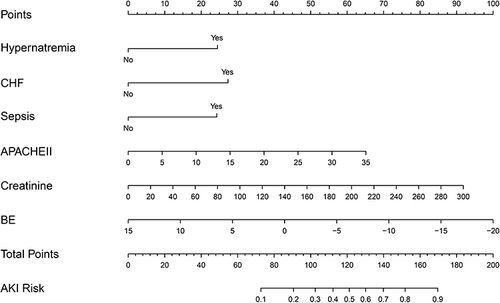
Figure 4 Calibration curves of the nomogram in the training dataset (A) and validation dataset (B).
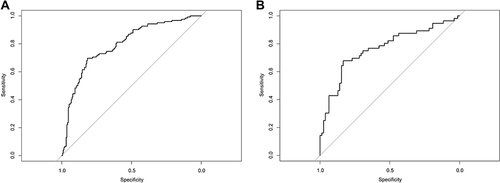
Figure 5 Calibration of the nomogram to predict the AKI in the training dataset (A) and validation dataset (B).
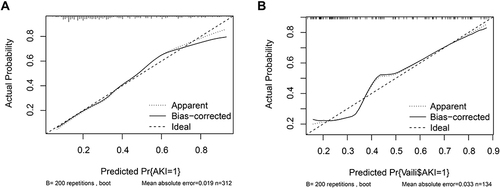
Figure 6 In the clinical impact curve in the training dataset (A) and validation dataset (B).
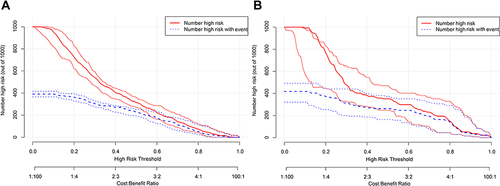
Figure 7 Decision curve analysis (DCA) for the nomogram in the training dataset (A) and validation dataset (B).
